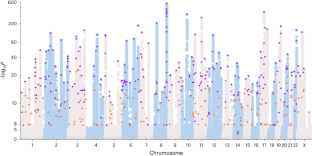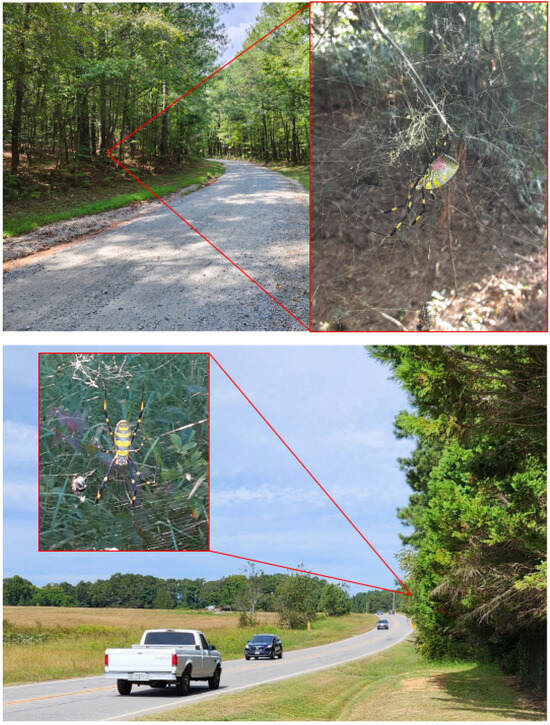2024-02-14 カリフォルニア大学リバーサイド校(UCR)
<関連情報>
- https://news.ucr.edu/articles/2024/02/14/scientists-discover-hidden-army-lung-flu-fighters
- https://www.pnas.org/doi/10.1073/pnas.2300474120
胸膜マクロファージは感染時に肺に移動し、インフルエンザの予後改善を促進する Pleural macrophages translocate to the lung during infection to promote improved influenza outcomes
James P. Stumpff II, Sang Yong Kim, Matthew I. McFadden, +6, and Juliet Morrison
Proceedings of the National Academy of Sciences Published:December 15, 2023
DOI:https://doi.org/10.1073/pnas.2300474120

Significance
The immune responses that drive influenza outcomes are not fully characterized. Furthermore, the pleural cavity, which surrounds the lungs and contains immune cells, has not been well studied in the context of influenza. We used lung gene expression data from mouse models of mild and severe influenza to predict immune cell differences that associate with different disease outcomes. Pleural macrophages were predicted to be a positive correlate of mild disease. We established a mouse model of influenza disease and used it to show that pleural macrophages migrate to the lungs of infected mice to decrease disease severity. This study expands our knowledge of PM plasticity and provides a new source of lung macrophages that impact influenza outcomes.
Abstract
Seasonal influenza results in 3 to 5 million cases of severe disease and 250,000 to 500,000 deaths annually. Macrophages have been implicated in both the resolution and progression of the disease, but the drivers of these outcomes are poorly understood. We probed mouse lung transcriptomic datasets using the Digital Cell Quantifier algorithm to predict immune cell subsets that correlated with mild or severe influenza A virus (IAV) infection outcomes. We identified a unique lung macrophage population that transcriptionally resembled small serosal cavity macrophages and whose presence correlated with mild disease. Until now, the study of serosal macrophage translocation in the context of viral infections has been neglected. Here, we show that pleural macrophages (PMs) migrate from the pleural cavity to the lung after infection with IAV. We found that the depletion of PMs increased morbidity and pulmonary inflammation. There were increased proinflammatory cytokines in the pleural cavity and an influx of neutrophils within the lung. Our results show that PMs are recruited to the lung during IAV infection and contribute to recovery from influenza. This study expands our knowledge of PM plasticity and identifies a source of lung macrophages independent of monocyte recruitment and local proliferation.


